Cavaquinho The Ukulele’s Cousin
Cavaquinho is the bright little cousin of the ukulele. It comes from Portugal, but it found a loud, happy voice in Brazil. You may know the sound from samba or choro fast songs with lots of rhythm.
If your ukulele feels too soft or calm, the cavaquinho brings more snap. It has four metal strings, not nylon, and uses a DGBD tuning. You play it with a pick, and strum in a bold way called rasgado.
It’s small, like a uke, but it sings louder. If you want to try new music and feel new energy, the cavaquinho is waiting.
Let’s see why so many players are picking it up next.
Cavaquinho vs. Ukulele: What’s the Difference?
| Feature | Cavaquinho | Ukulele |
|---|---|---|
| Strings | 4 metal strings | 4 nylon strings |
| Sound | Bright, loud, punchy | Soft, mellow, gentle |
| Tuning | D-G-B-D (Brazil), C-G-A-D | G-C-E-A (standard uke tuning) |
| Played with | Pick (plectrum) | Fingers or felt pick |
| Main Genres | Samba, Choro, Pagode, Morna | Pop, Folk, Hawaiian, Indie |
| Origin | Portugal → Brazil, Cape Verde | Portugal → Hawaii |
| Other Names | Cavaco, Braguinha, Machete | Uke |
| Skill Fit | Great for rhythmic players | Great for beginners & singers |
What Is a Cavaquinho?
Cavaquinho the ukulele’s cousin, is a small string instrument. It has four metal strings and a short neck. People first played it in Portugal, in places like Minho and Madeira. It looks a lot like a ukulele. That’s why some call it the uke’s cousin.
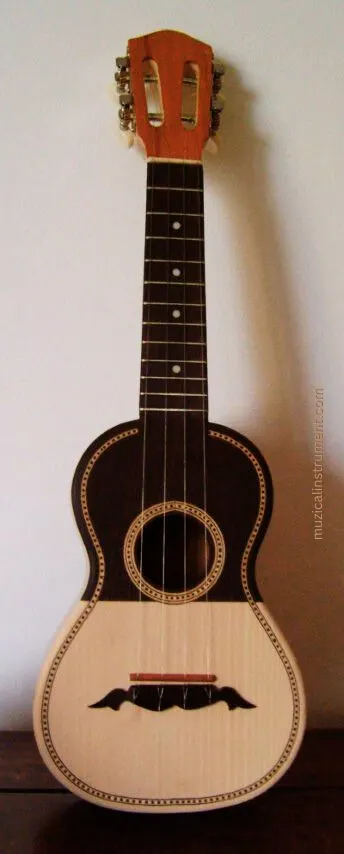
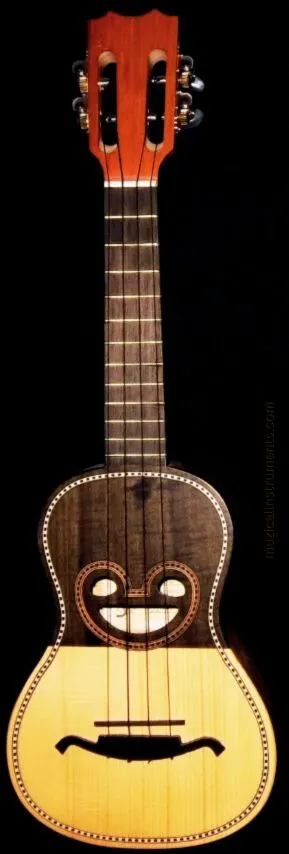
Later on, the cavaquinho made its way to Brazil. That’s where it really came alive. You’ll hear it in fast, happy music like samba, pagode, and choro.
It also found a home in Cape Verde, playing sweet styles like morna and coladeira. The sound changed a little in each place but the joy stayed the same.
People call it by other names too. In some spots, it’s a braguinha. Others say machete or just cavaco. But don’t worry they all mean the same bright little instrument.
How Is It Different from a Ukulele?
At first, the cavaquinho and ukulele look almost the same. But once you play them, you’ll feel the difference.
This ukulele’s cousin has metal strings. The ukulele uses soft nylon strings. That alone gives it a louder, sharper sound. It cuts through the air like a bright whistle.
Most cavaquinhos are tuned to D-G-B-D. That’s not the same as a uke. Some people tune it other ways too, like C-G-A-D or even G-C-E-A (like your uke).
You also use a pick when you play it. That gives it a stronger strum. In Brazil, players use a fast and fun style called rasgado. It sounds quick, bold, and full of energy.
So yes, they may look alike. But the cavaquinho has its own voice. And it loves to be heard.
How Is It Like a Ukulele?
At first, the cavaquinho feels a lot like your ukulele. It’s small and easy to hold. It also has four strings, just like a uke. Some players even tune it the same way G-C-E-A so you can play songs you already know.
Both came from the same place: Portugal. When this instrument traveled to Hawaii, it helped create the ukulele. So yes, they really are family.
If you already play uke, you’ll feel right at home with a cavaquinho. But get ready, it plays louder, faster, and brings a whole new kind of fun.
Music Styles You Can Play
The cavaquinho brings energy to every song. In Brazil, people play it in fast and happy styles like samba, choro, and pagode. You’ll hear it strumming behind singers, dancers, and even big parades.

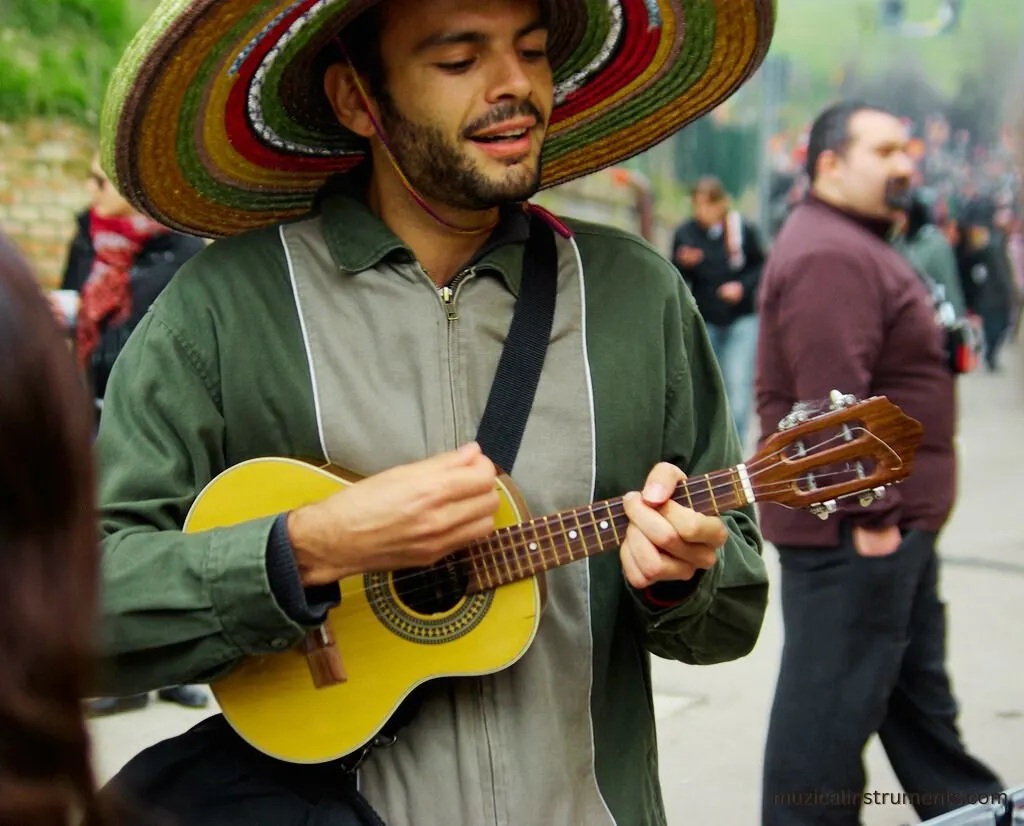
In Cape Verde, it adds a smooth sound to morna and coladeira. These songs feel soft and warm, like ocean waves.
Back in Portugal, it plays in old folk songs and love tunes. No matter where it goes, this ukulele’s cousin fits right in.
Want to try something different from pop or island music? This little instrument opens the door to rich and colorful sounds from around the world.
Famous Cavaquinho Players
Many great musicians have brought the cavaquinho to life. In Brazil, Waldir Azevedo made it shine with his hit song “Brasileirinho.” His playing was fast, bright, and full of joy.
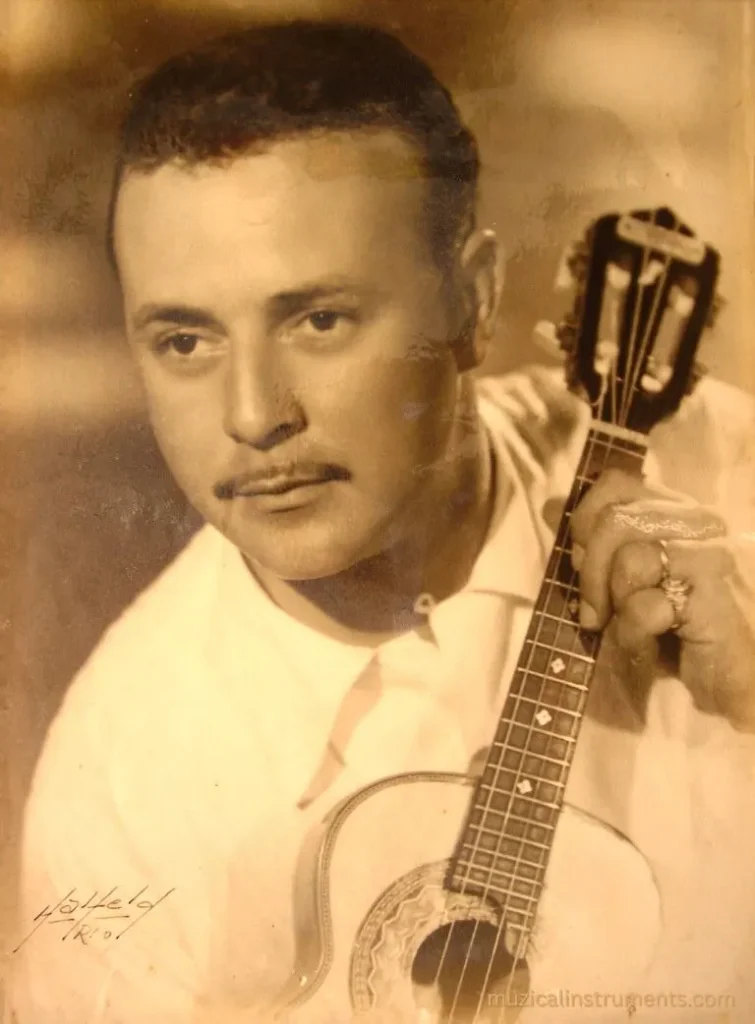
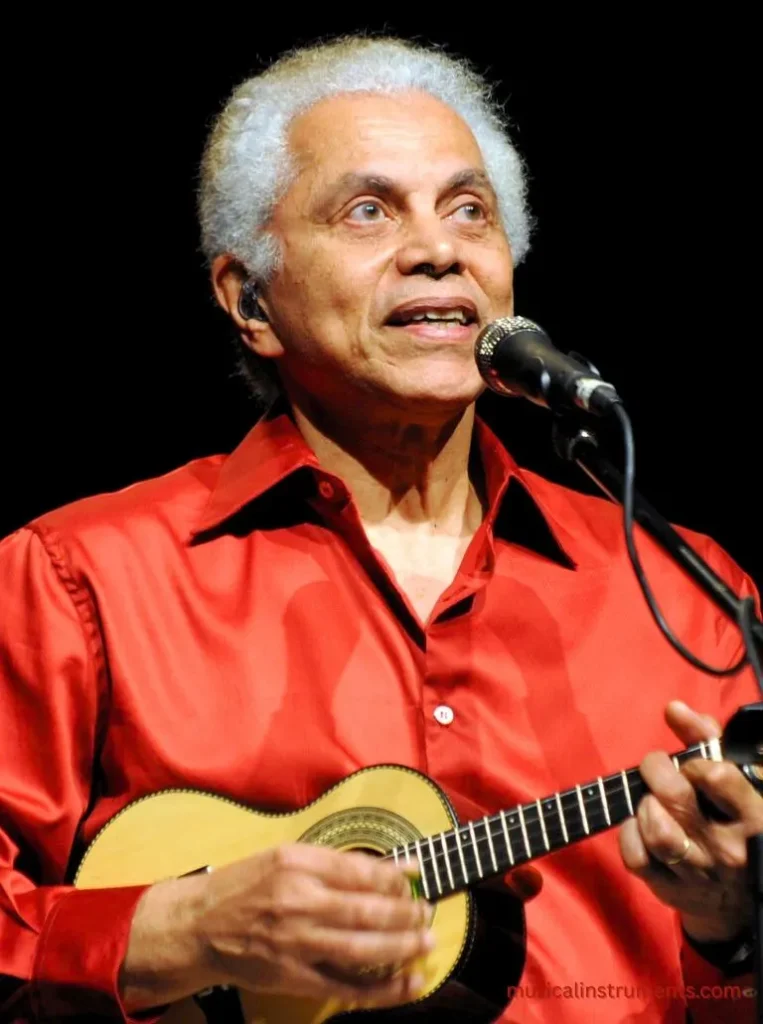
Paulinho da Viola used this string instrument in smooth choro songs. Arlindo Cruz and Mauro Diniz played it in samba and pagode, giving it rhythm and heart. And Nelson Cavaquinho loved it so much, he took its name as his own.
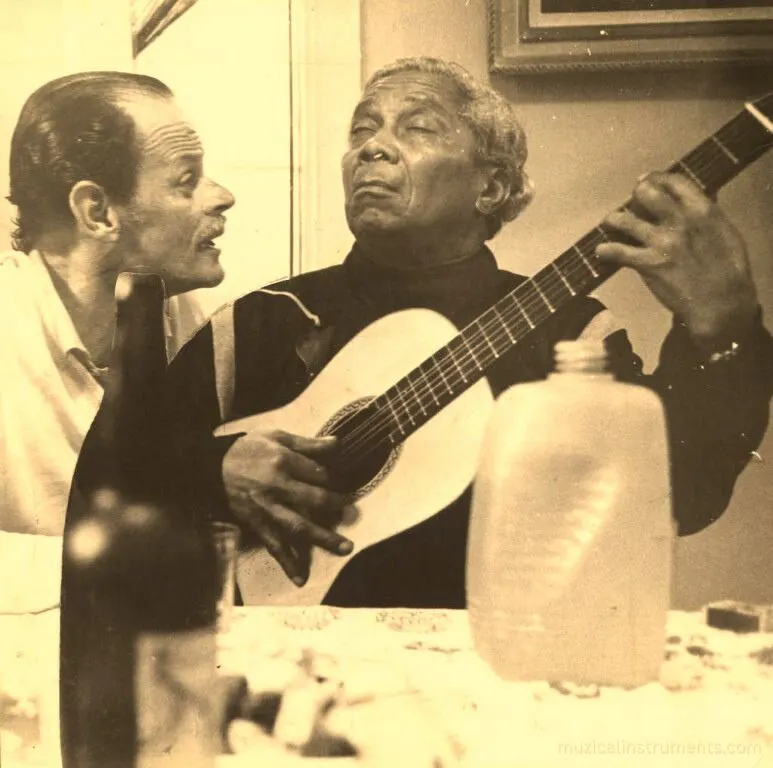
These players didn’t just strum, they told stories. And with this cavaquinho the ukulele’s cousin in your hands, maybe you will too.
Should You Try It?
If you already play the ukulele, the cavaquinho could be your next fun step. It feels familiar, but sounds bolder. The metal strings give it a bright, punchy voice. It’s perfect for fast songs, party music, or when you just want to play loud and proud.
Want to try something new? Maybe you love samba, choro, or Latin rhythms. It fits right in.
It’s not too hard to learn, especially if you use G-C-E-A tuning like your uke. But even with its own tuning (like D-G-B-D), you can pick it up with a little practice.
So yes, if you’re ready for a louder sound, a new groove, or a deeper musical journey, this instrument is worth a try.
How to Take Care of Your Cavaquinho
Like any instrument, your cavaquinho will last longer (and sound better) if you give it a little love. Don’t worry , it’s easy.
Wipe it down after playing
Your hands leave behind sweat and oils. Just use a soft, dry cloth to wipe the body and strings. This keeps the finish shiny and the strings from rusting.
Change strings when they feel dull
Cavaquinhos use metal strings, which wear out over time. If your tone sounds flat or you see rust, it’s time for a new set. Most players change them every few months, depending on how much they play.
Keep it dry and cool
Wood can warp in too much heat or moisture. Don’t leave your cavaquinho in a hot car or next to a heater. And if you live in a humid place, a small case humidifier can help.
Check the tuning pegs and bridge
If the tuning slips, your pegs may need tightening. Also peek at the bridge (where the strings rest). If it’s lifting or loose, take it to a music shop.
Use a case when you travel
Even a soft gig bag protects your cavaquinho from bumps and scratches. It’s a small thing, but it helps a lot.
Final Thoughts
The cavaquinho may be small, but it has a big voice. It’s bright, bold, and full of rhythm. If you love the ukulele, this little cousin gives you something new to explore.
It takes you to places like Brazil, Portugal, and Cape Verde, through music. You’ll learn new strums, hear new sounds, and feel fresh energy in your playing.
So if your uke is feeling a little too quiet or too calm, the cavaquinho might be just what you need. Pick one up. Strum a little. See where it takes you.
If you’re exploring ukulele types too, this soprano vs concert ukulele comparison will help you pick the right fit for your sound and hands.
FAQ: Cavaquinho The Ukulele’s Cousin
1. Is the cavaquinho the same as a ukulele?
Nope, but they’re definitely family. It came first, from Portugal. When it sailed to Hawaii, it helped inspire the ukulele. They’re similar in size and shape, but the sound and style are very different.
2. What makes the cavaquinho sound so sharp?
It’s all about the strings and how you play it. Most cavaquinhos use metal strings and are strummed with a pick. That gives it a loud, bright voice great for cutting through a busy rhythm.
3. Can I tune it like a ukulele?
Yes, you can! Some people use G-C-E-A tuning to make it feel more familiar. But the traditional Brazilian tuning is D-G-B-D. Want to try both? You totally can.
4. Is it harder to play than a uke?
If you’ve played the uke, you already have a head start. It might feel a bit tighter and louder at first, but with a little practice, you’ll be strumming in no time.
5. What kind of music can I play on it?
Think fast and fun like samba, choro, and pagode. It’s also great for folk styles from Portugal and Cape Verde. If you want to try something different from pop or Hawaiian songs, the cavaquinho opens a new world of rhythm.
6. Do I need to read music or know chords?
Not at all. Just like the ukulele, you can start with simple shapes and strums. Many players learn by ear or by watching videos. If you know a few chords on uke, you’ll figure it out fast.
